Instead of responding to concerns of residents and neighboring countries, Japan commenced the fourth round of releasing nuclear-contaminated water from the Fukushima Daiichi nuclear power plant into the ocean on Wednesday.
Approximately 7,800 metric tons of nuclear-contaminated water will be discharged into the Pacific Ocean over a period of around 17 days, according to the Tokyo Electric Power Company, which operates the nuclear power plant and has defied the wishes of local fishermen and neighboring countries and regions.
Worse, starting from this round, Tokyo Electric Power Company will skip the process of temporarily storing such toxic water in a large tank to assess the tritium levels before its release. Instead, the company will monitor the tritium levels as the water passes through pipes.
The discharge began in August, despite opposition. TEPCO even plans for the release to last for about three decades. The company estimates that a total of 31,200 tons of nuclear-contaminated water will be discharged during the fiscal year 2023 ending March.
In January, TEPCO announced its plan for fiscal year 2024, starting from April, to release approximately 54,600 tons of such water into the ocean in seven rounds. The water is expected to contain around 14 trillion becquerels of radioactive tritium.
Opposition to the discharge has long been voiced by Japanese citizen groups, leading to growing distrust and anger among the public.
Hisataka Yamasaki, co-representative of No Nukes Plaza Tokyo, a nonprofit citizens' organization also known as Tanpoposya, criticized the government and TEPCO for betraying their promise not to discharge toxic water without the consent of the fishing industry.
He highlighted their falsehood regarding insufficient land for storage and said: "They have continuously deceived the public and international opinion with convenient explanations. Can they still claim it is safe in the future?"
History of dishonesty
Yamasaki further emphasized the history of dishonesty from both the government and TEPCO, noting that criticisms regarding the lack of earthquake and tsunami countermeasures were raised even before the Fukushima nuclear accident in 2011. Despite this, they persisted in asserting safety, a stance that remains unchanged today.
On Sept 8, 151 residents from prefectures such as Fukushima and Miyagi filed a lawsuit against the central government and TEPCO in the Fukushima District Court.
The plaintiffs argued that the water discharge threatens citizens' right to live safely and disrupts the businesses of local fishermen. By Nov 9, the number of plaintiffs in the lawsuit had risen to 363.
"We once again earnestly urge Japan to take seriously the concerns of neighboring countries and the international community, engage in sincere consultations with relevant stakeholders, fully cooperate in establishing effective international monitoring arrangements with substantive participation from stakeholders, and handle nuclear-contaminated water in a scientific, safe, and transparent manner," said a spokesperson of the Chinese embassy in Japan on Feb 8.









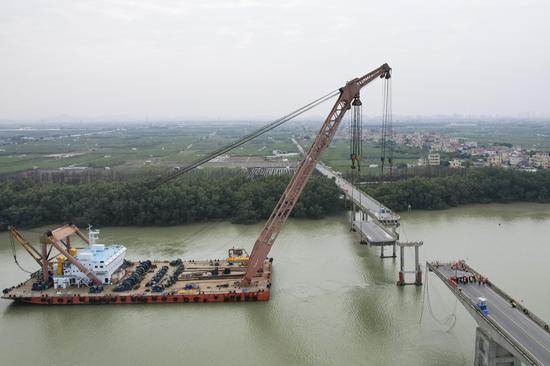
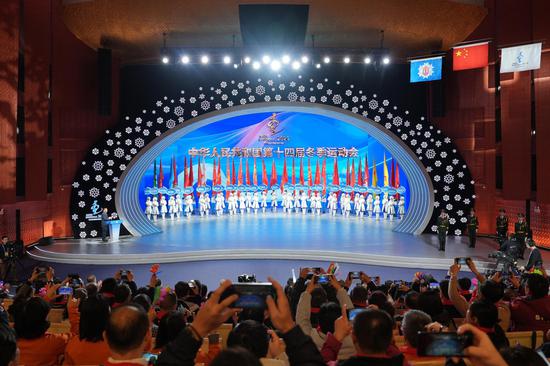


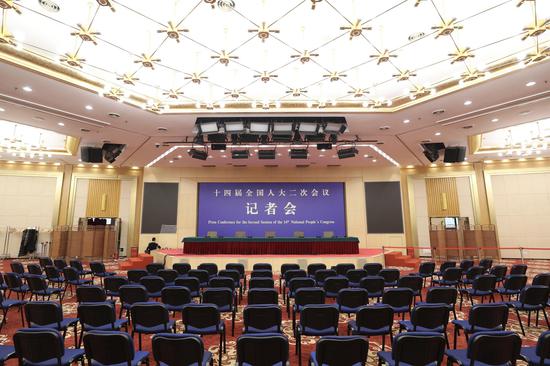
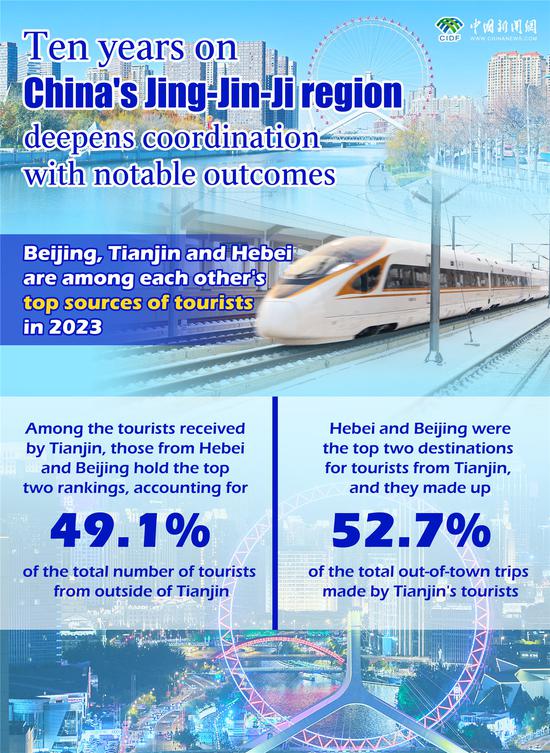

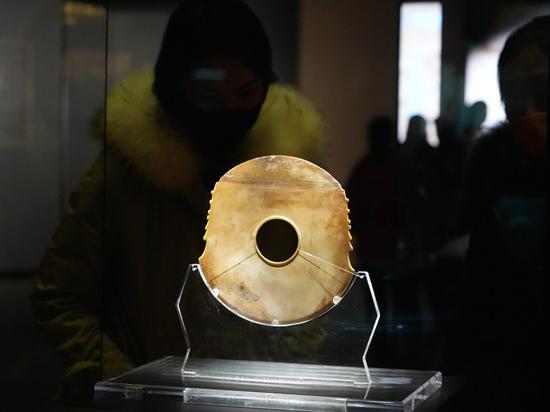

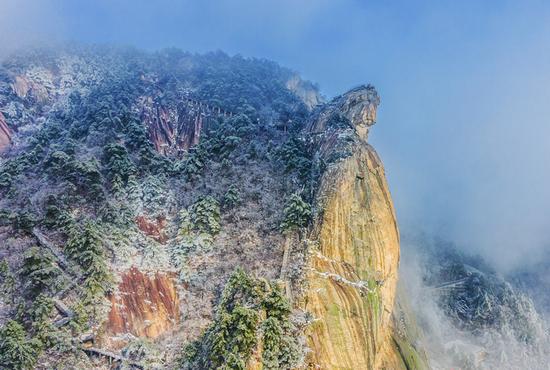


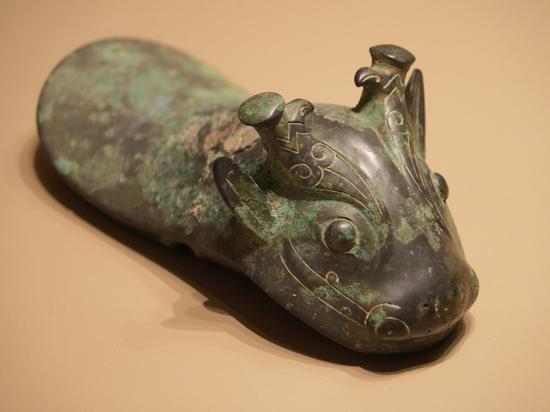

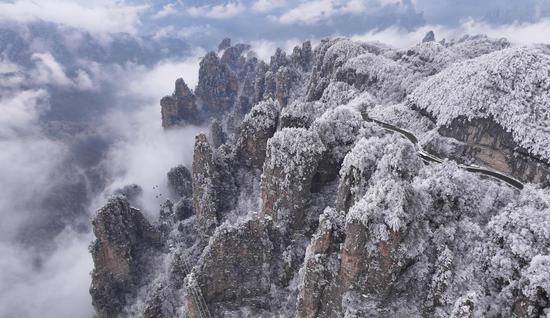



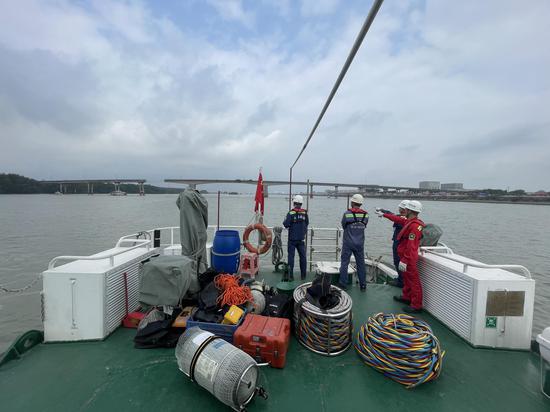
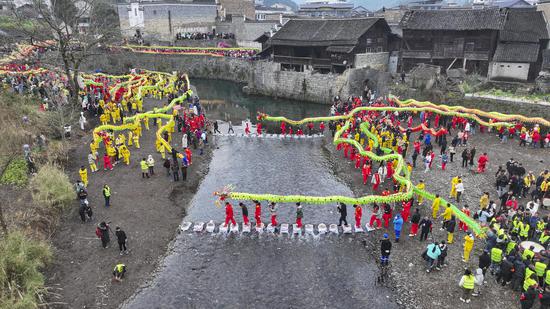
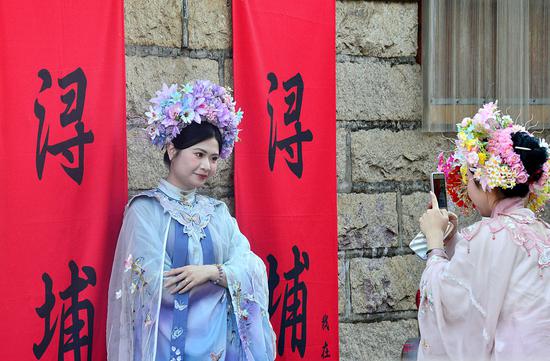
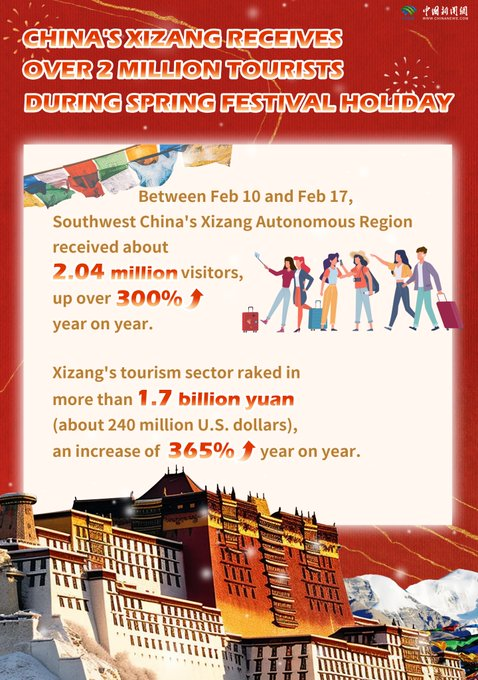
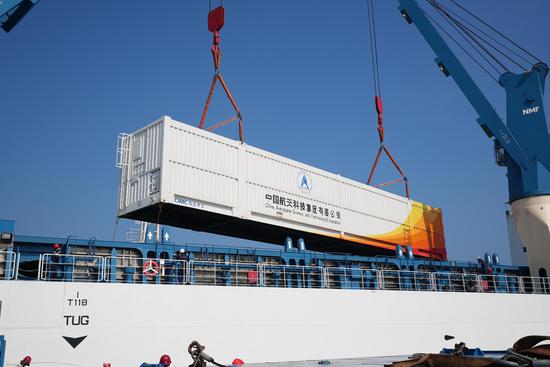
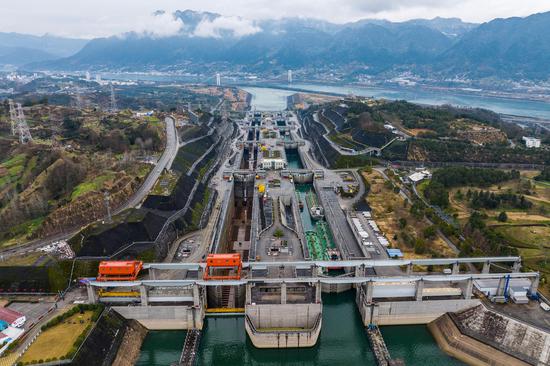




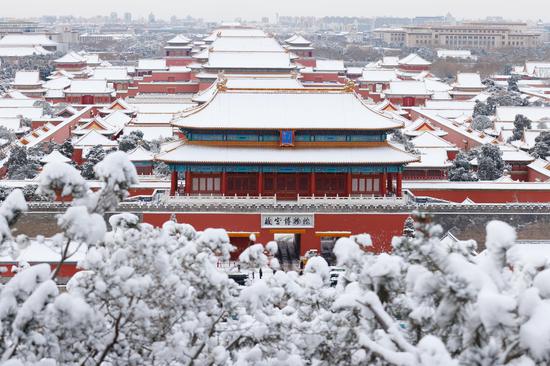

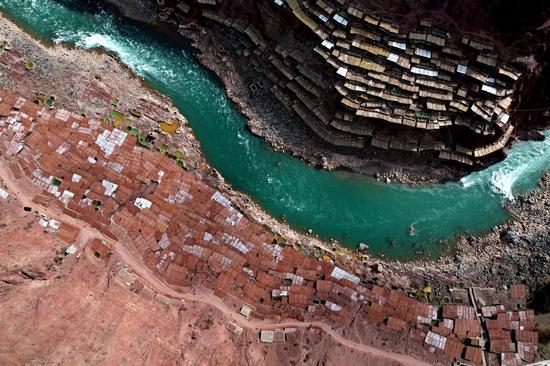


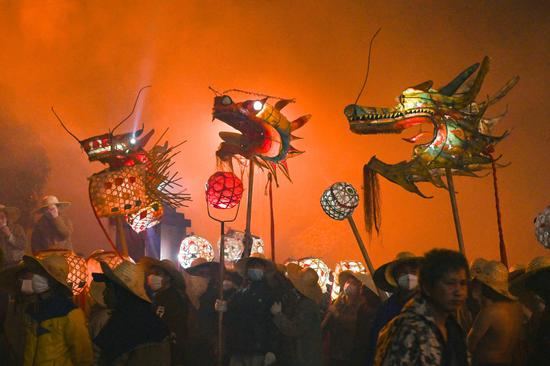
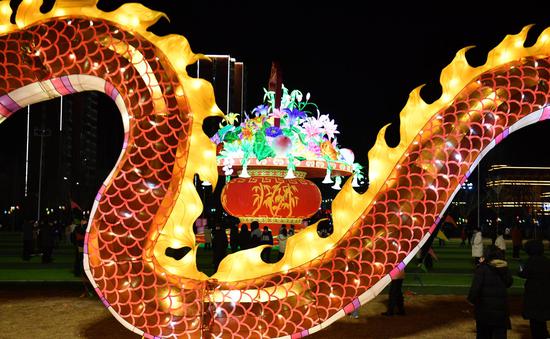


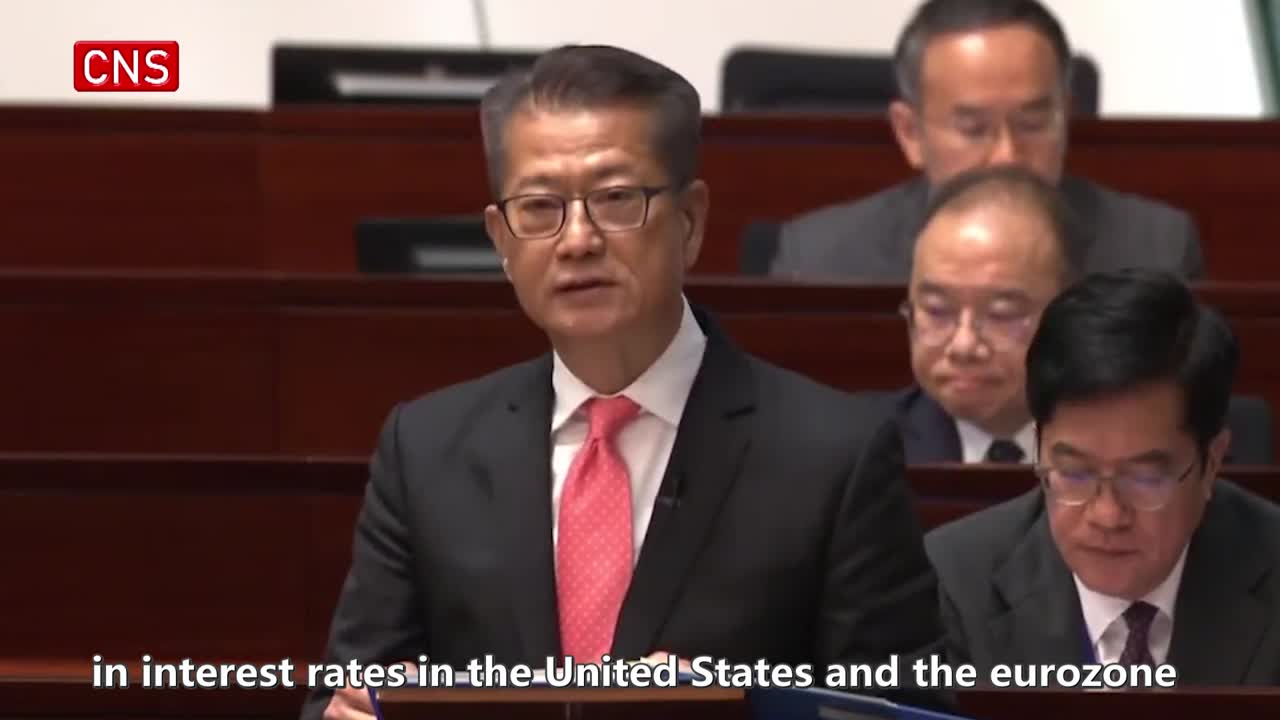

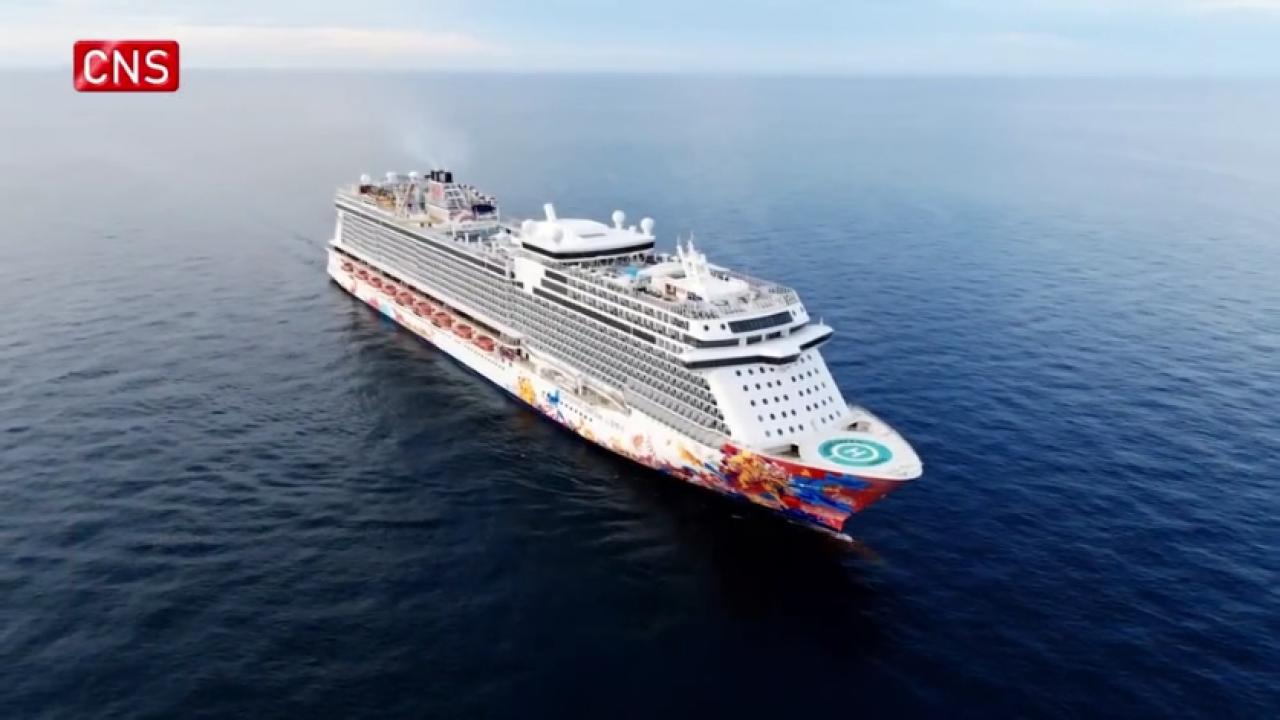

 京公网安备 11010202009201号
京公网安备 11010202009201号